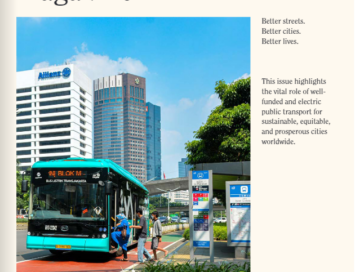The Life and Death of Urban Highways

Bajar este documento
Fuente: ITDP
From the 1940s to the 1960s, U.S. cities lost population and economic investment to suburban locations. To compete, many cities built urban highways, hoping to offer motorists the same amenities they enjoyed in the suburbs. Whatever their benefits, these highways often had adverse impacts on urban communities. Many cities in Latin America, following the Unites States’ lead, also began building urban highways in the 1950s and 1960s, and in China and India, recent urban highway construction is even more dramatic.
These new roads carry a significant amount of traffic and contribute to economic growth, but they also blight large sections of cities, threaten historic urban neighborhoods, and concentrate air pollution in highly populated areas, threatening people’s health and causing other problems. In the past fifty years, tens of thousands of miles of urban highways were built around the world. Many are now approaching functional obsolescence. This is leading many cities, not just in the United States, to question the place of major highways in urban areas and whether they merit further investment or should be removed. Today, some of the same urban highways that were built in that period are being torn down, buried at great expense, or changed into boulevards. As cities around the world grapple with congestion, growth, and decline, some, as seen in the following case studies, illuminate what can be done when a highway no longer makes sense.
In light of the fact that so many cities in developed countries are now tearing out urban highways, it is time to re-appraise the specific conditions under which it makes sense to build a new urban highway and when it makes sense to tear one down.



